For many years I drove past a sign on Heerstrasse almost every day that drew attention to the Georg Kolbe Museum. Again and again I have resolved to take a look at the museum and now I realize I have missed something.
Who was Georg Kolbe?
Georg Kolbe was a German sculptor who successfully published his artistic ideas in the first half of the 20th century. The main focus of his work was idealized nude sculpture.
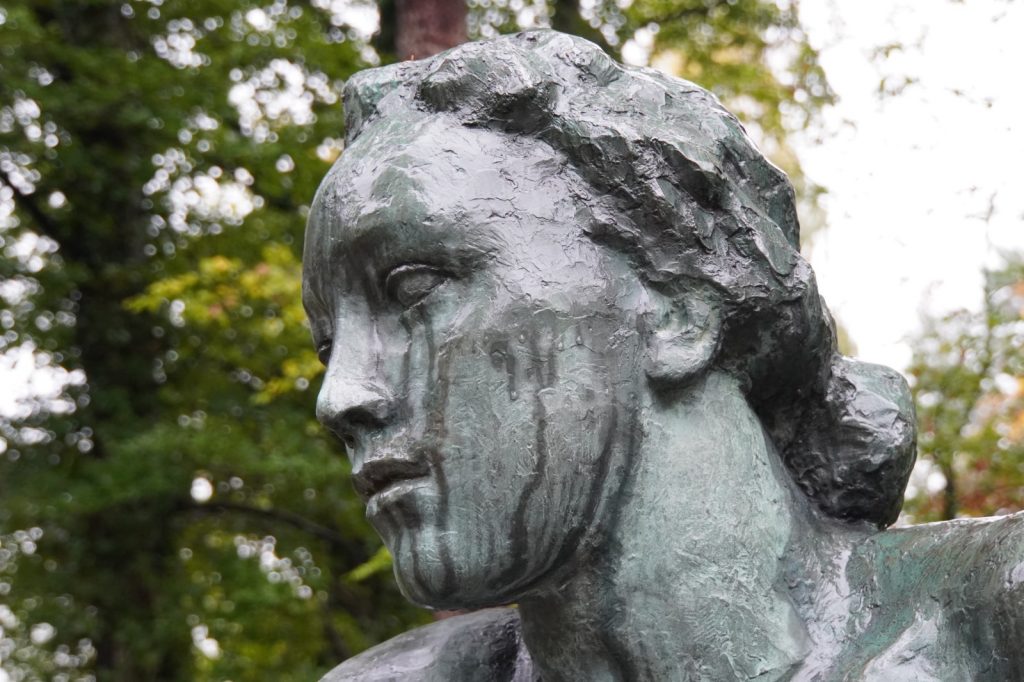
Kolbe first studied painting and drawing (1891-98) and then began to illustrate texts by Goethe, Heine and Novalis (I have already reported on him after our visit to Weißenfels). Rather by chance he began to model and finally hung up painting in 1904. In sculpture he recognized his passion and talent. Over time, he developed his own style. In 1911/12 he created his work “The Dancer” (stands in the Old National Gallery in Berlin), which is one of the most famous German artworks of its time and made him famous.
World War I slowed Kolbe’s activity in Germany, but offered him the opportunity to work in Constantinople during his military service. Back in Berlin and with a professorial title awarded, Kolbe became involved in the artistic scene. His style changed and he produced statues such as “Zorn,” a moving expressive sculpture (1922). He also received large commissions, such as the Rathenau Fountain, which can be seen in the Volkspark Rehberge in Berlin (as a reconstruction).
After Kolbe’s wife died in 1927, his works changed again. He now created works in which he processed his grief. Later, works were created in which Georg Kolbe depicted figures with rather strong and muscular bodies, which corresponded very much to the ideal image of the Nazi era. He himself always distanced himself from the National Socialist state, but this was not always visible in his works from this period.
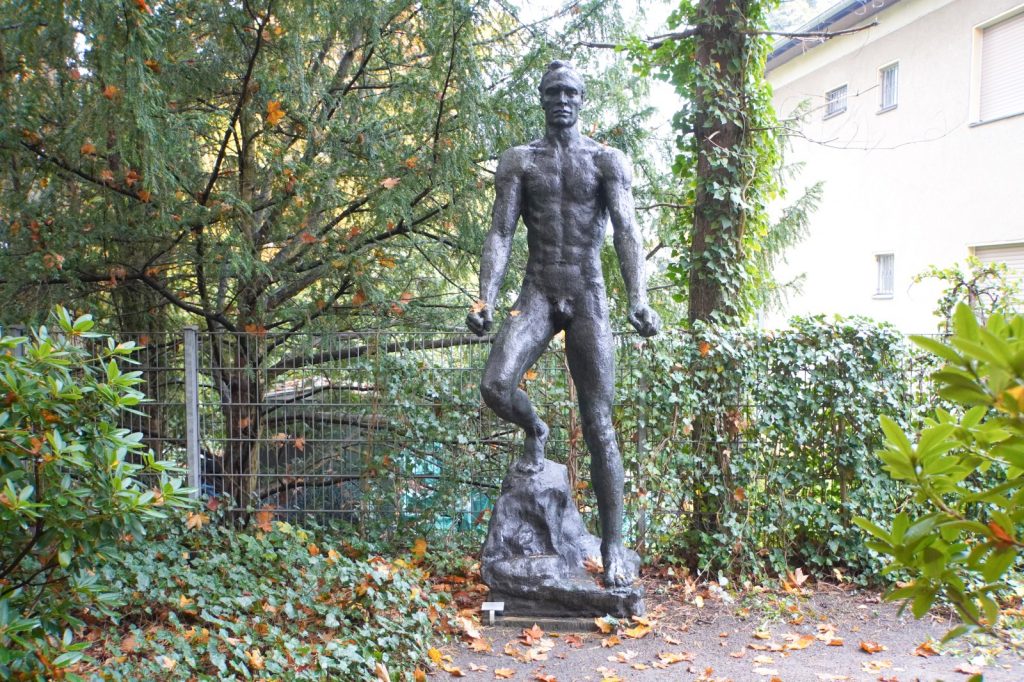
After the end of the war, in 1945 Kolbe created the sculpture “Der Befreite”, a collapsed figure that reflected the situation of the German population at that time. In 1947 Georg Kolbe died in Berlin.
Georg Kolbe Museum in Berlin
Georg Kolbe had stipulated in his estate that his sculpture studio should be made accessible to the public. He wanted his art collection, his library and the works he owned to be preserved and protected. The Georg Kolbe Foundation, founded in 1949, took on the task and is today also the sponsor of the museum.
About 220 works by Kolbe are now in the possession of the museum. In addition, plaster casts of some sculptures have been made and a collection of about 1000 drawings and graphics has been assembled. Private pictures, correspondence and memorabilia from his life are also in the museum’s collection.
During a visit to the museum you can not only admire the beautiful statues of Georg Kolbe, but also experience architectural history up close.
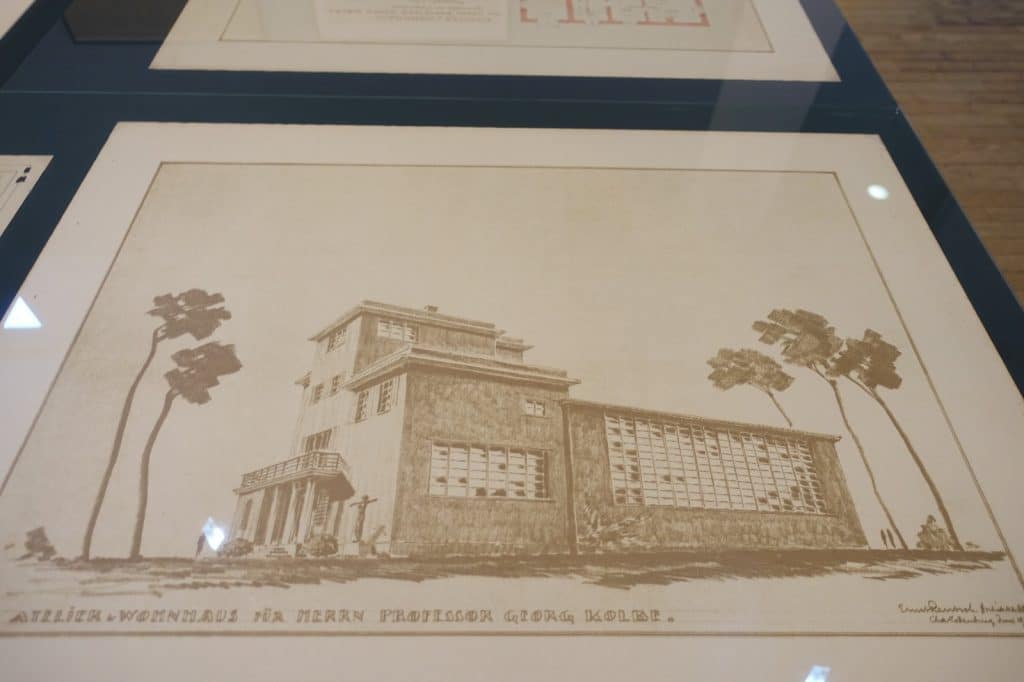
The “Sensburg” by Georg Kolbe
The sculptor’s studio house and residence are located in Sensburger Allee. Both buildings are an excellent example of functional architecture in the 1920s.
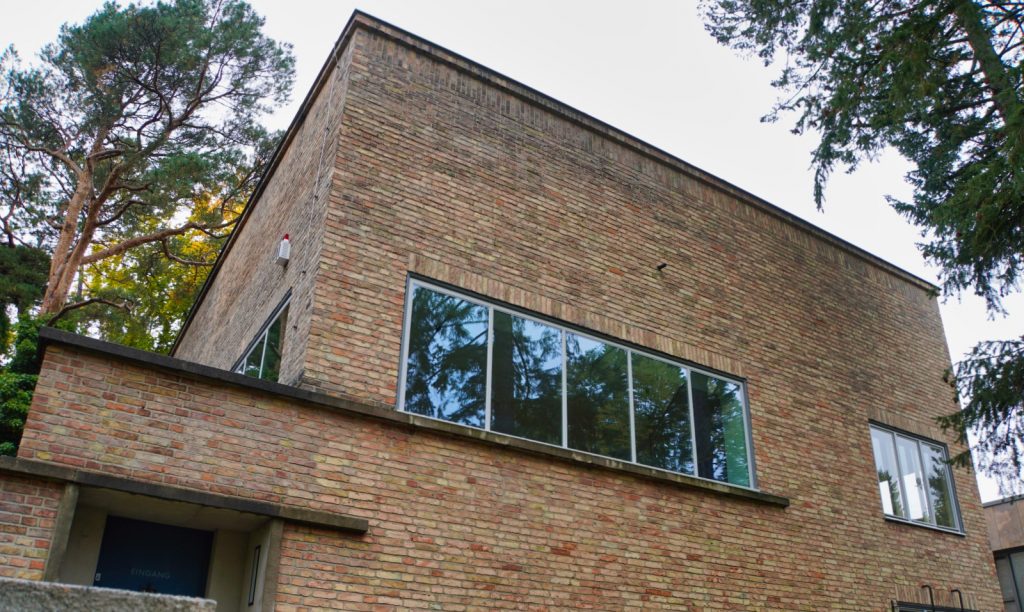
The architect Ernst Rentsch and the Bauhaus student Paul Linder planned and built the buildings together with Georg Kolbe. The cubic brick buildings are separated from each other by a small “garden” in the form of a pine forest. When I visited the museum, restoration work was taking place in Kolbe’s former home. Later, the café of the Georg Kolbe Museum will be located here. The building complex is now a listed building.
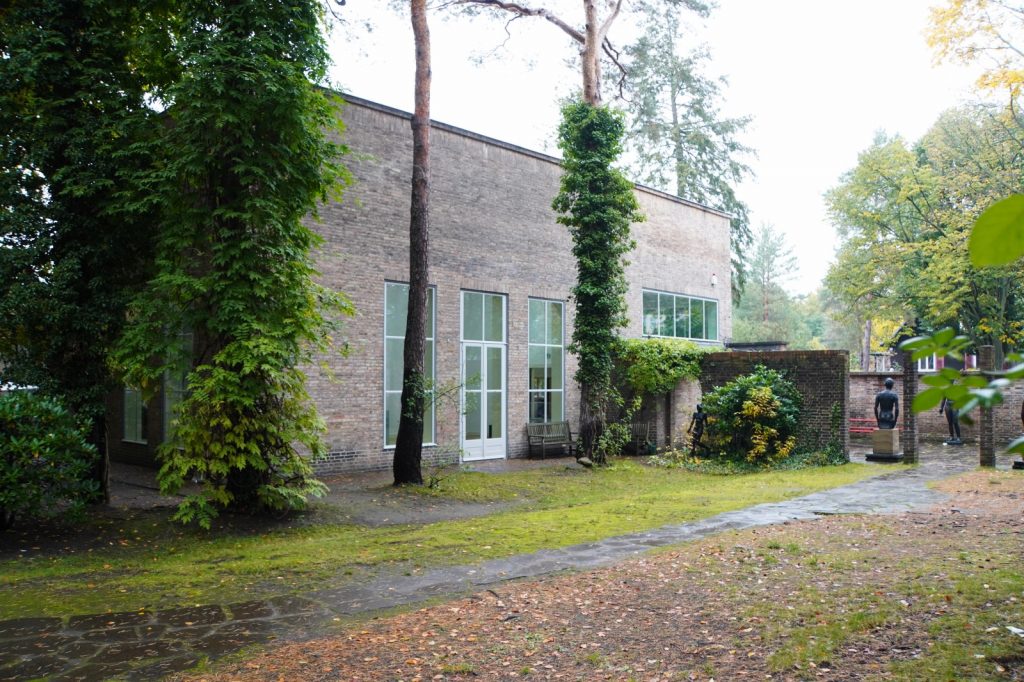
The present museum building was originally the artist’s studio house. On the first floor are large very bright rooms with large windows. One room is additionally lit by a skylight. This is where the artist mainly worked. In addition, a new building was constructed for the museum, which fits in well with the listed building.
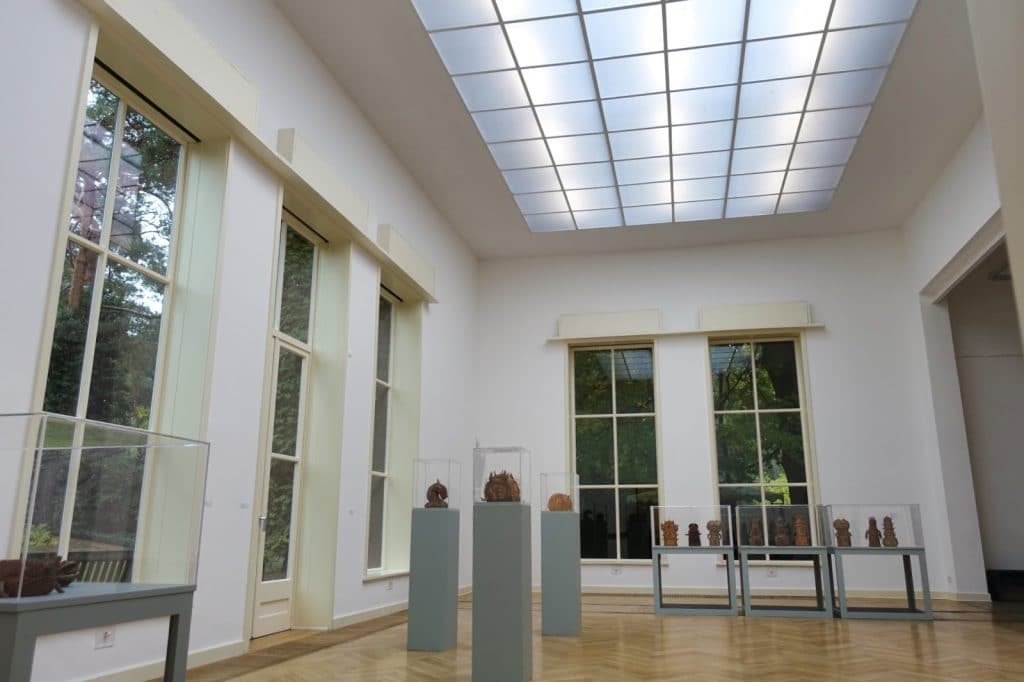
Kolbe used the area between the buildings for some of his sculptures. A wall with pillars separates a sculpture courtyard from the garden. In the sculpture courtyard are some works of Georg Kolbe, which should be viewed at leisure. Some sculptures were also placed in the garden. The dancers’ fountain has particularly inspired me.
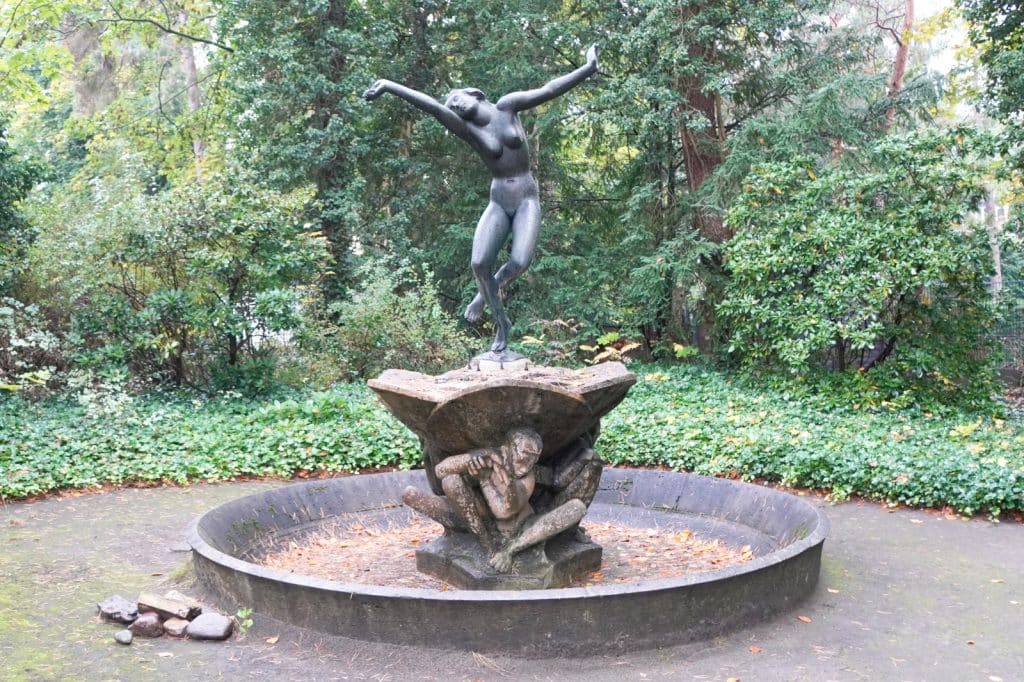
Exhibition area in the Georg Kolbe Museum
In the large former studio there was an exhibition of works by the Japanese artist Shinichi Sawada when I visited the museum. At first glance, it was not clear to me what the artist wanted to depict. However, if you take your time, you will discover imaginative and beautiful creatures. The ceramics show almost exclusively creatures with spines, a distinctive feature of the artist.
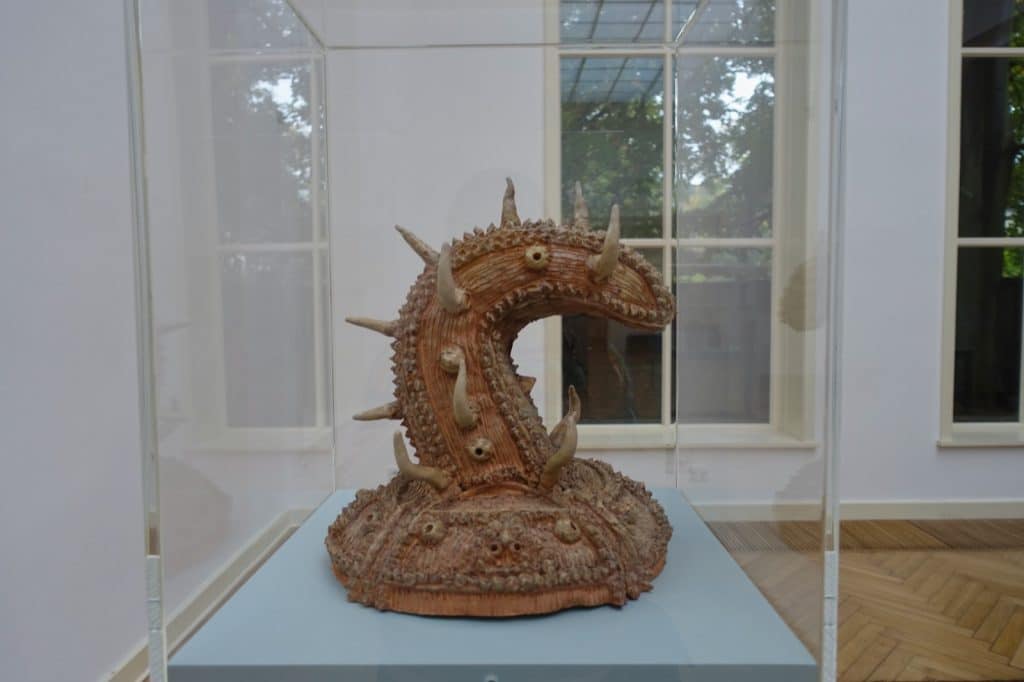
If you go further through the room, you will reach the exhibition: ” Modernity and Refuge – Georg Kolbe’s Sensburg as an Architectural Monument of the 1920s”, which continues in the basement of the building.
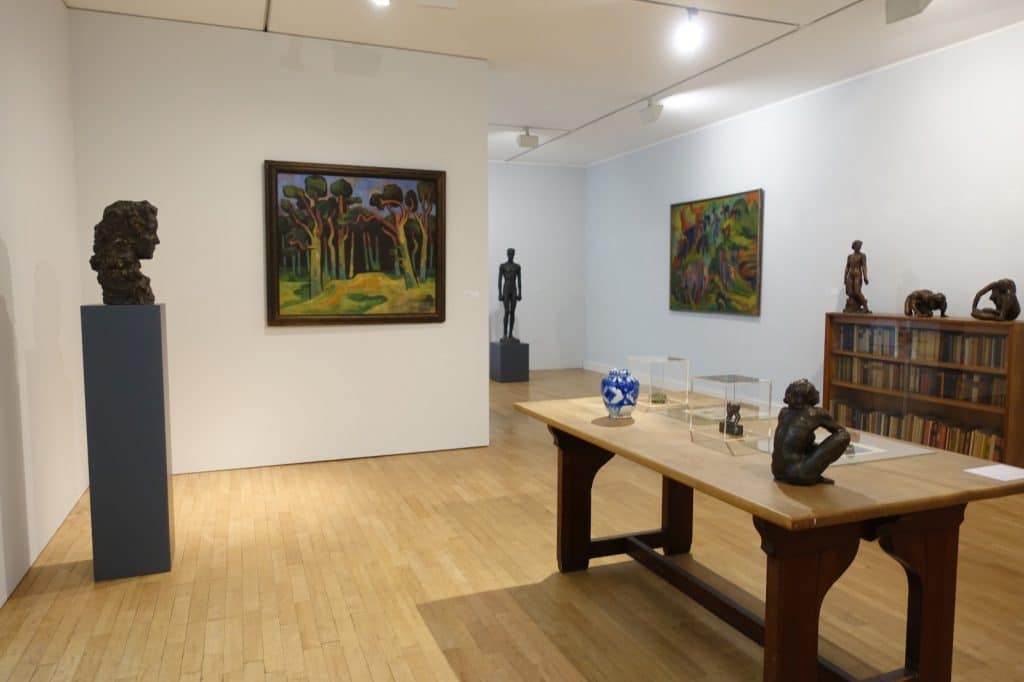
This exhibition is about the creation and also restoration of the Sensburg. For me an exciting topic, architecture simply inspires me. Construction drawings and photos document the history of the house impressively. Pictures of Kolbe’s design of the rooms are shown and even some original pieces like a bookcase from Kolbe’s possession are exhibited. Of course, there are also some works by Kolbe on display.
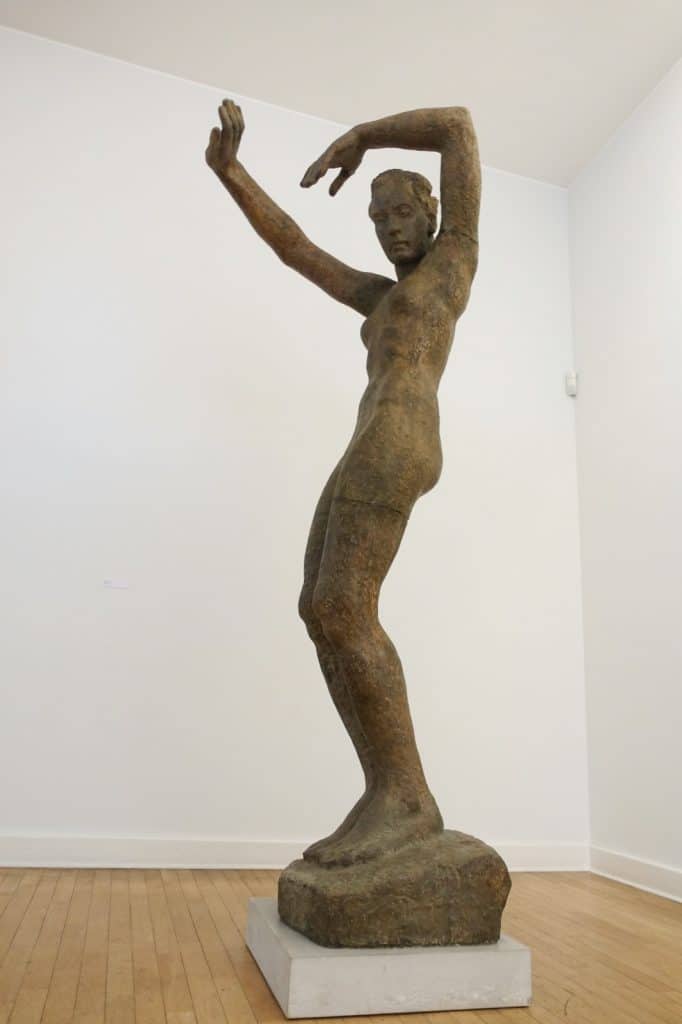
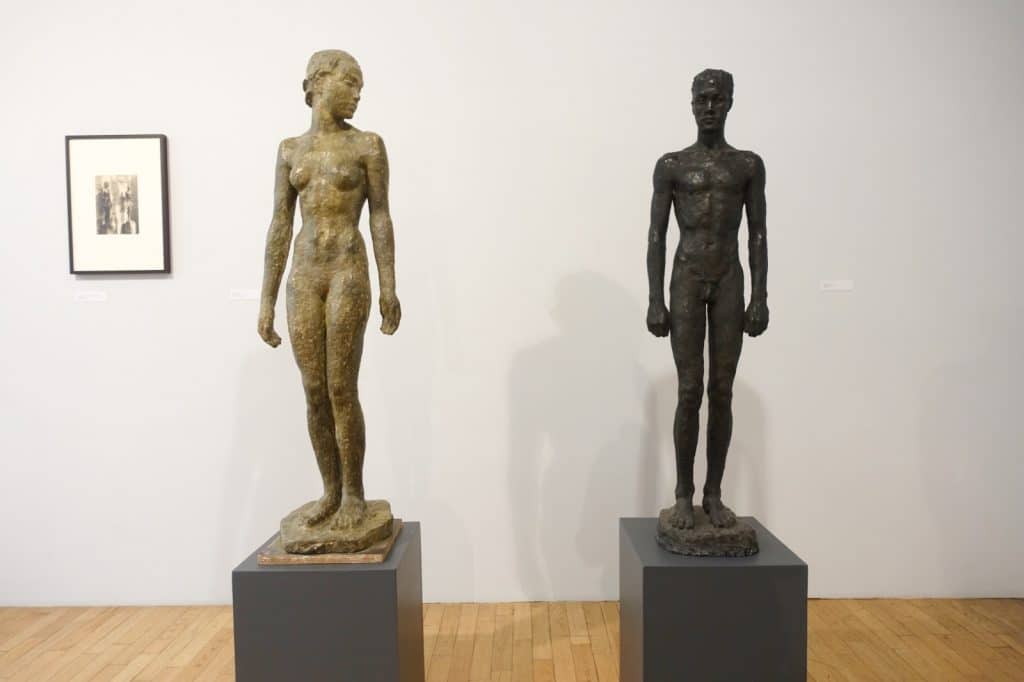
I liked the exhibition very much. By the fact that not only works of the artist are on display, but you also get an impression of his life, I found it very varied. I enjoyed reading the texts about the creation of the Sensburg and learned a lot about Berlin
Discover works by Georg Kolbe in Berlin
Kolbe’s works can be found not only in museums, but also in publicly accessible places in Berlin.
Georg-Kolbe-Grove
Very close to the Georg Kolbe Museum is the Georg Kolbe Grove. Here I went for a walk after the museum visit.
The public park was renamed Georg Kolbe Grove in 1957 on the 10th anniversary of Kolbe’s death. Here are five bronze statues of the artist, which were cast after his death.
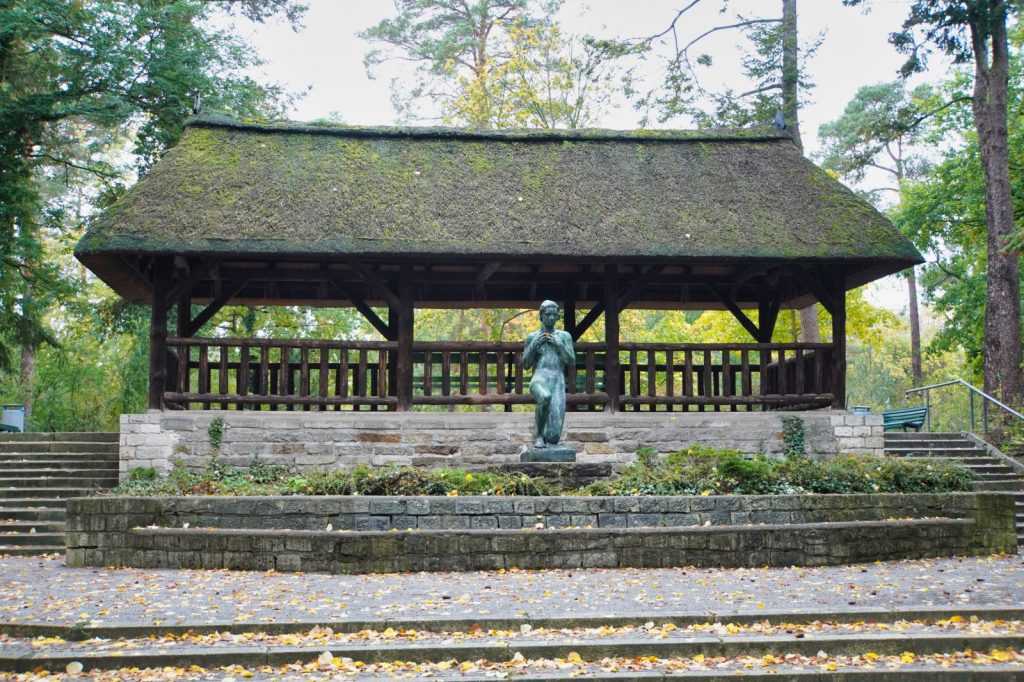
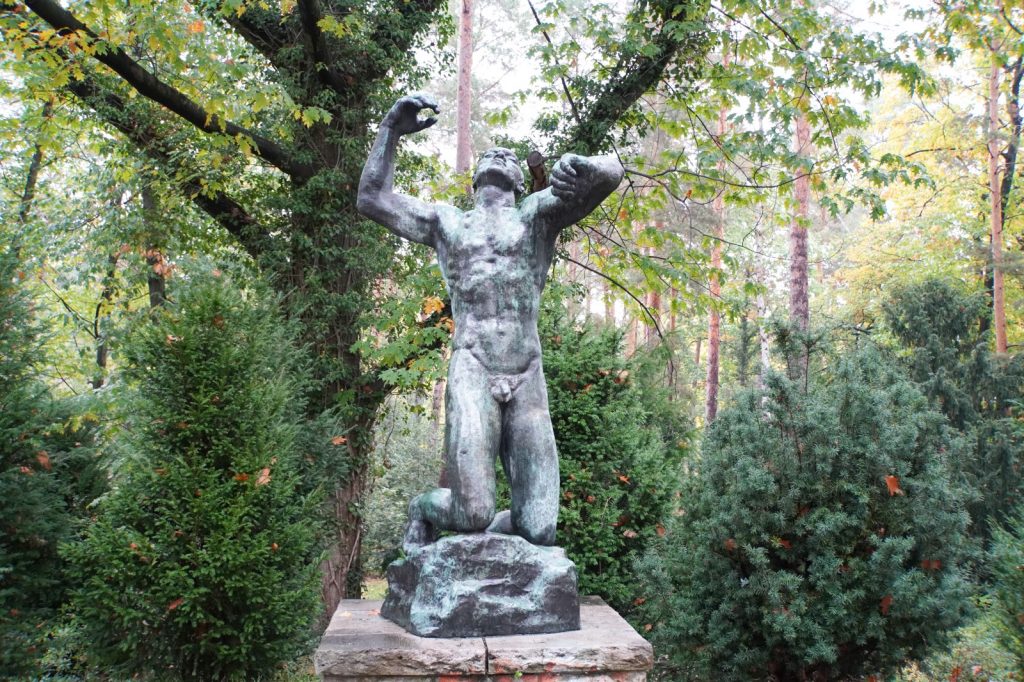
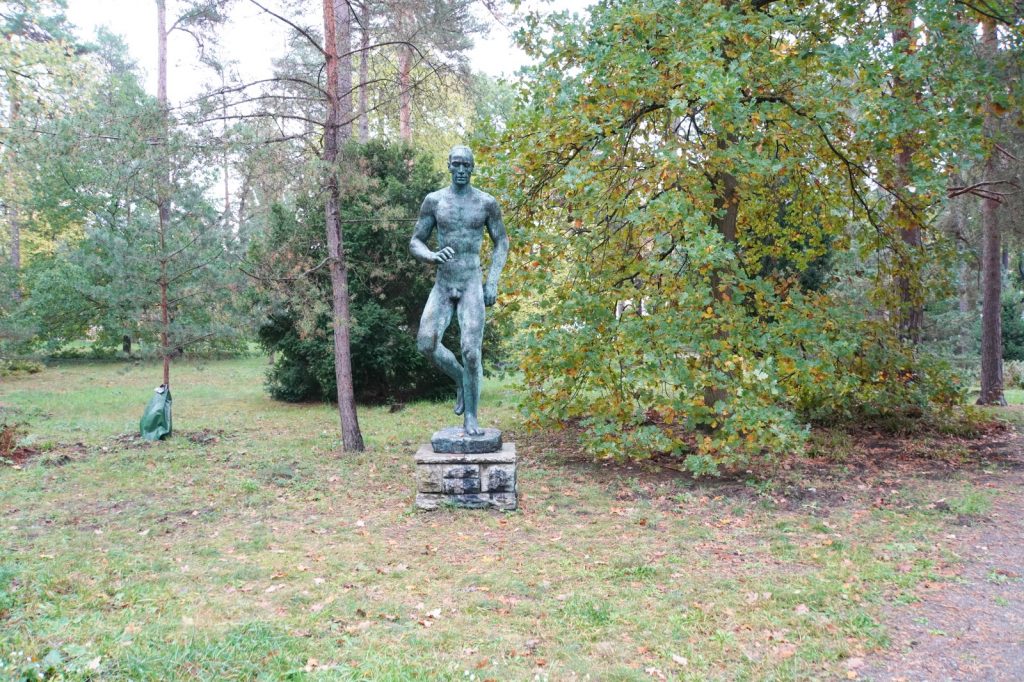
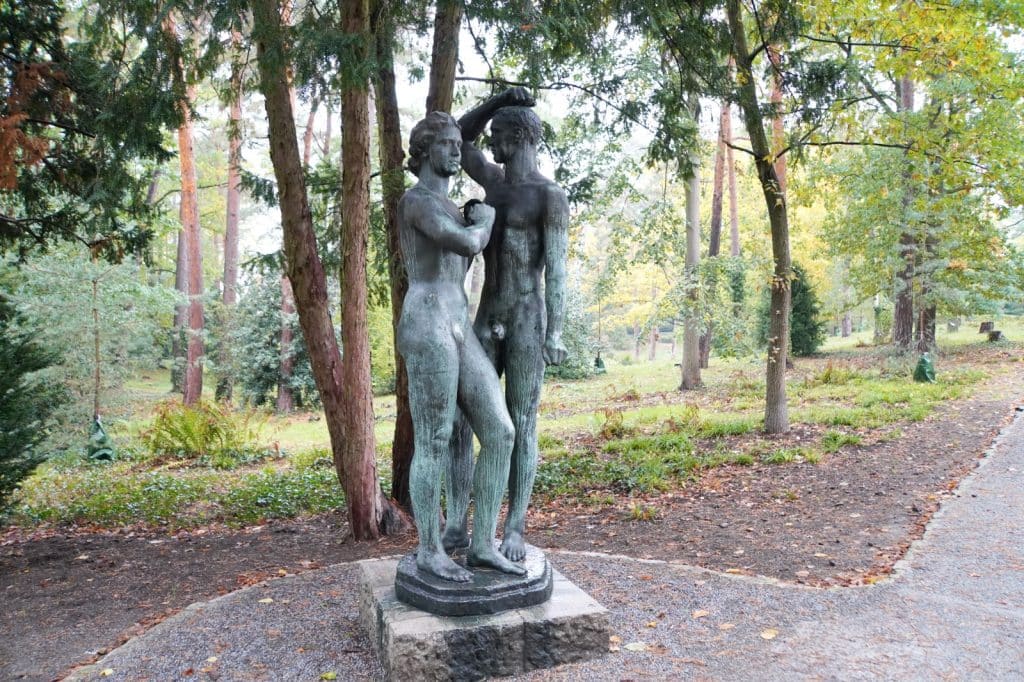
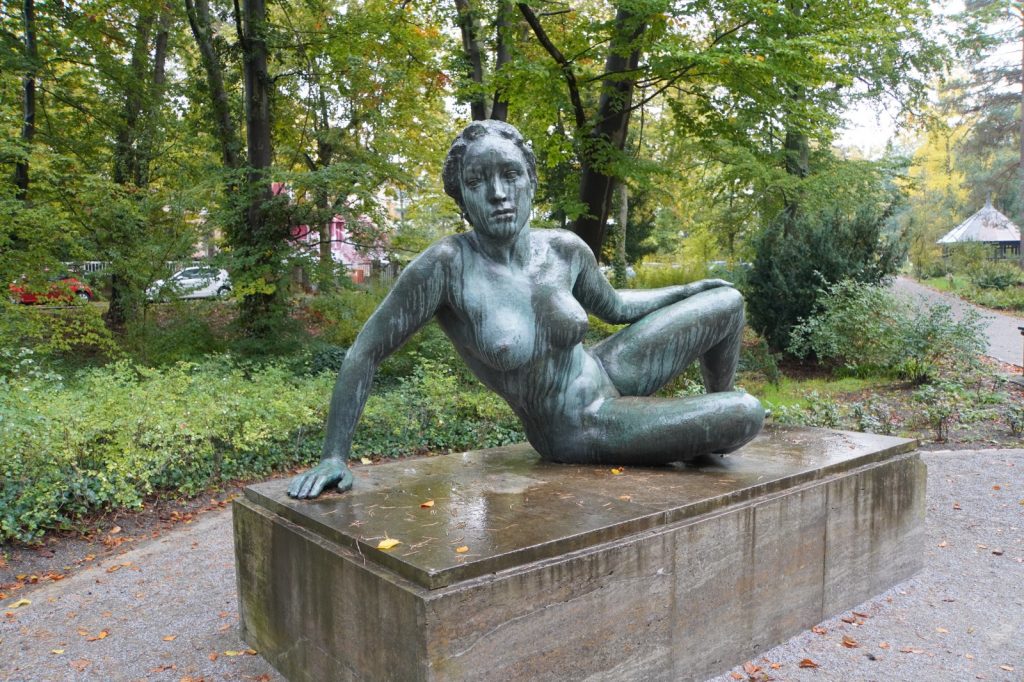
Walking along the paths, one comes to the figures: the Kneeling (1942), the Falling (1940/42), Dionysus (1931/36), Mars and Venus (1939/40) and the Great Reclining (Resting Woman, 1939/41).
Volkspark Rehberge
In the Volkspark Rehberge we saw Kolbe’s Rathenau fountain during a walk. The original fountain was dismantled and melted down during the Second World War. Today, a replica of the fountain stands in the Volkspark.
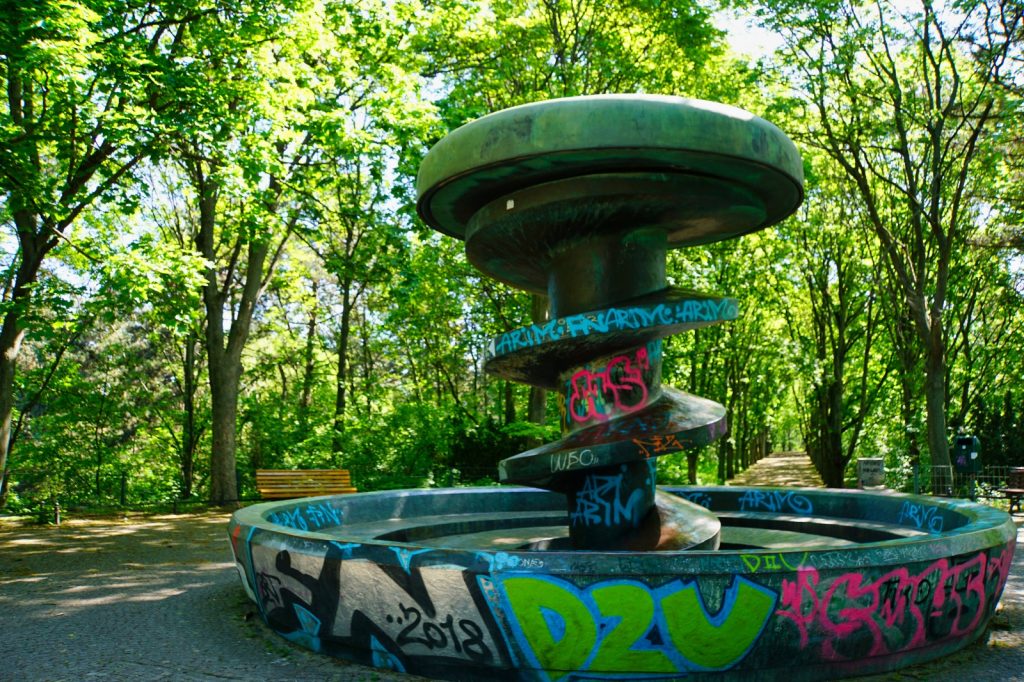
Address:
Sensburger Allee 25
14055 Berlin
Website
Opening hours:
daily: 10-18 o’clock
closed: 24, 25 and 31 December
Admission fees:
Adults: 7,-€
Discounts are offered.
Disclosure: The visit to the Georg Kolbe Museum took place as part of a cooperation.
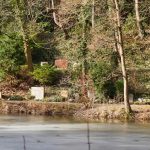
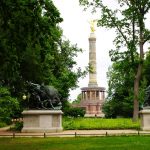
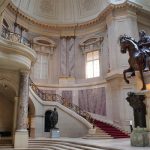
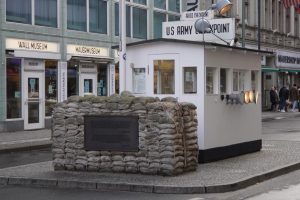
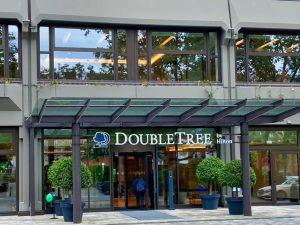
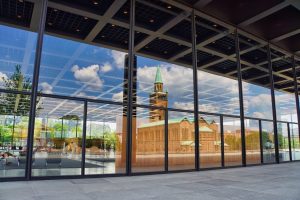
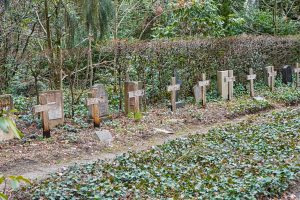
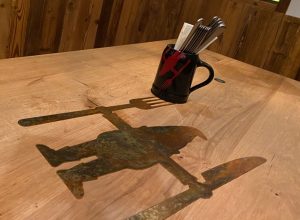
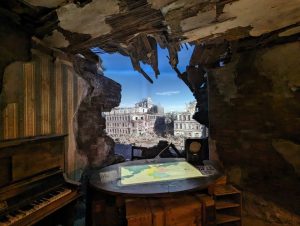
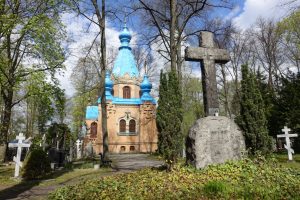
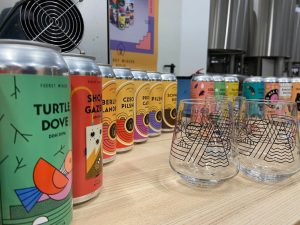
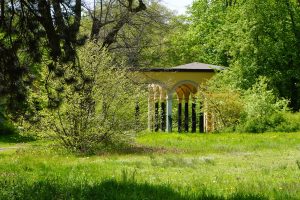
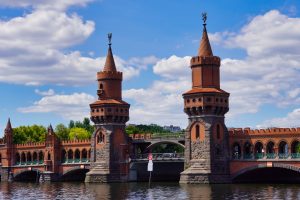

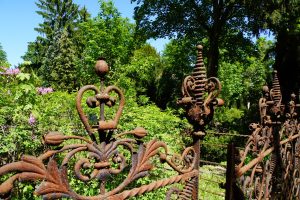
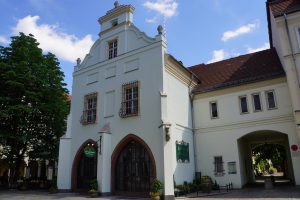
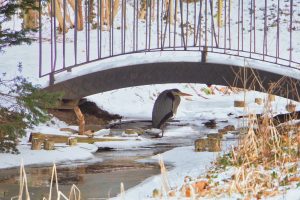
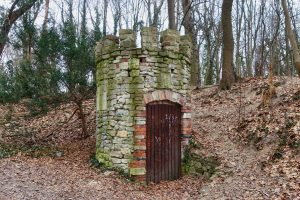
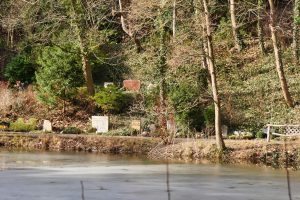
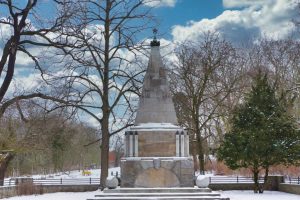
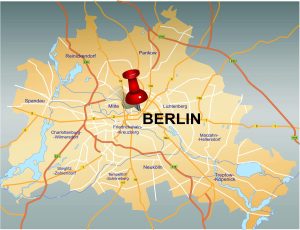
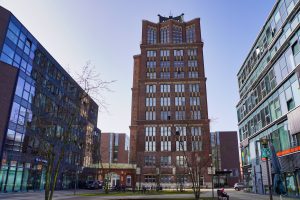
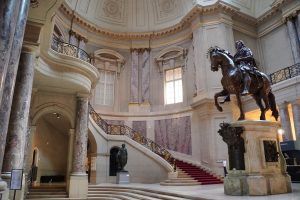
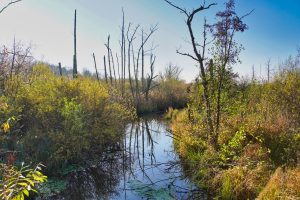
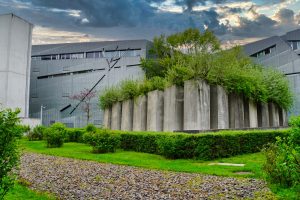
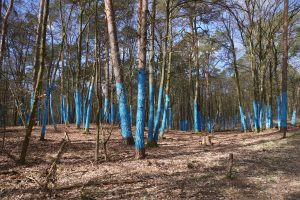
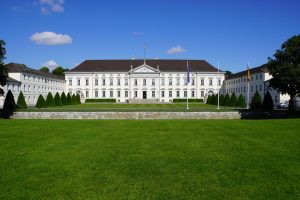
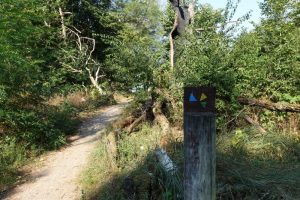
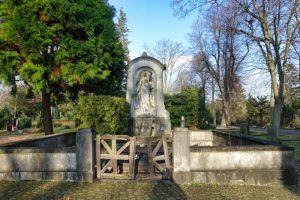
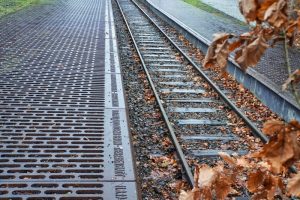
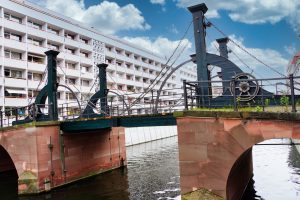
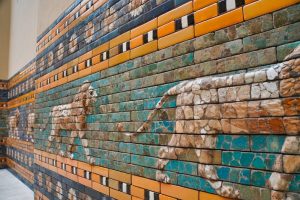
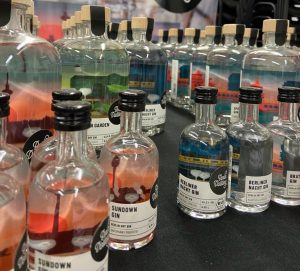
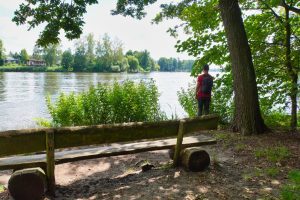
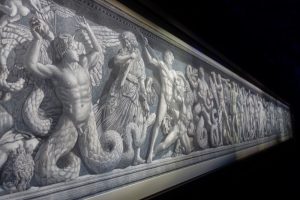
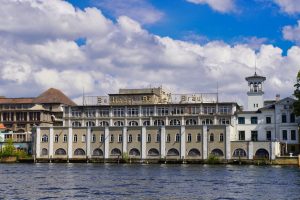
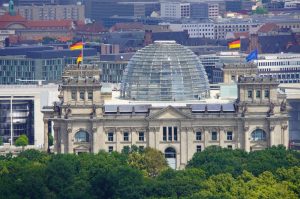
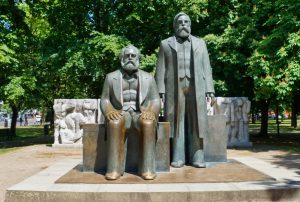
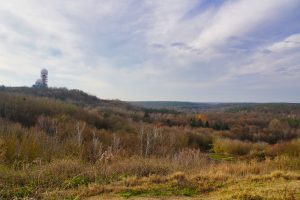
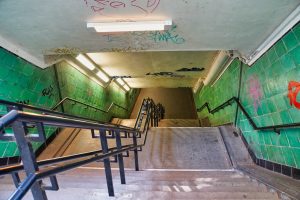
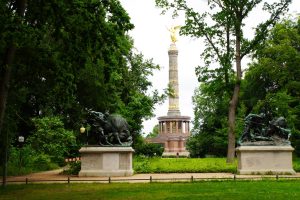
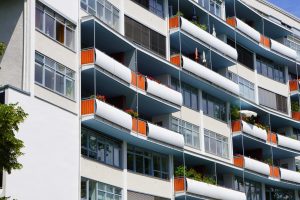
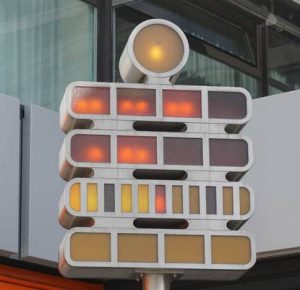
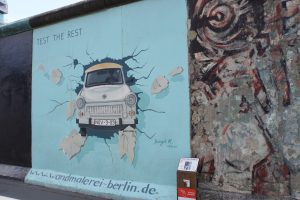
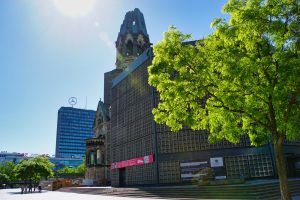
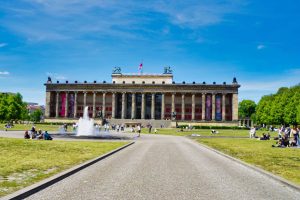
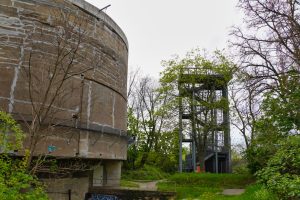
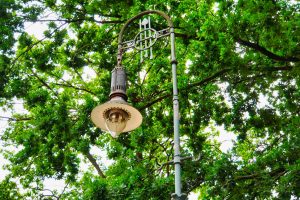
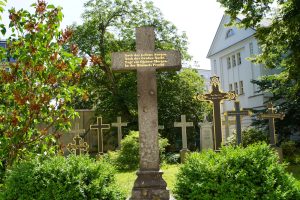
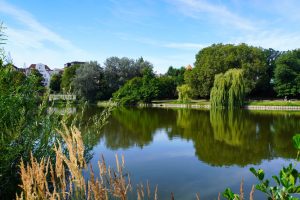
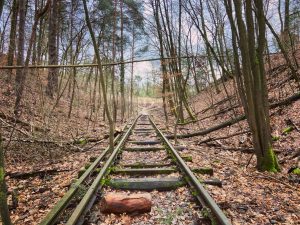
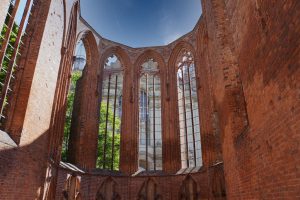
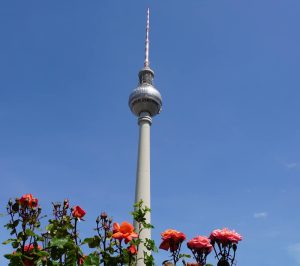
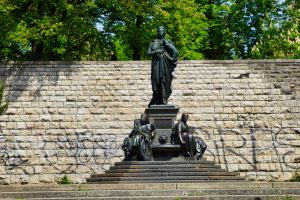
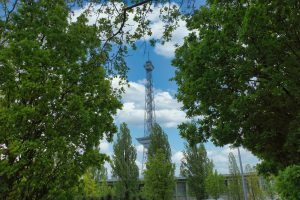
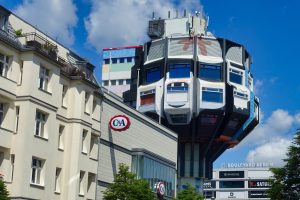
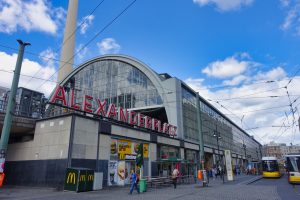
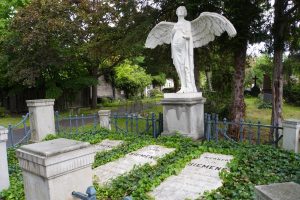
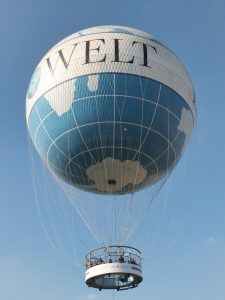
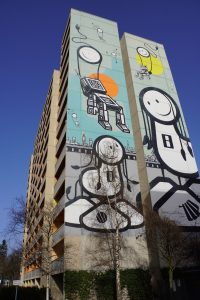
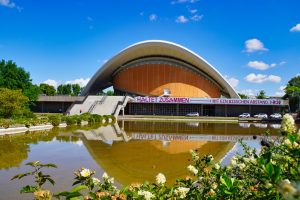
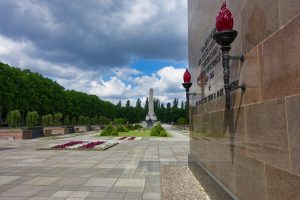
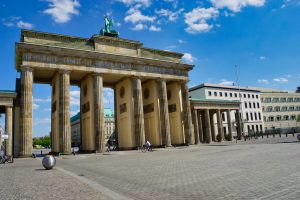

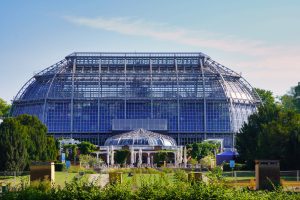
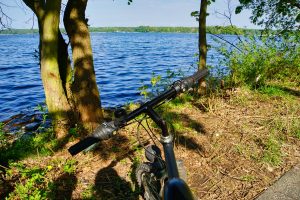
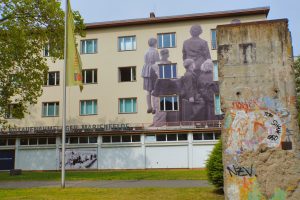
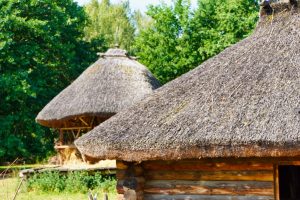
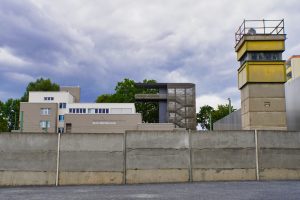
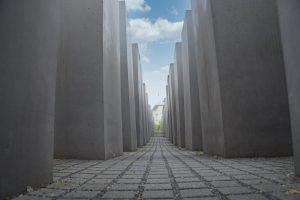
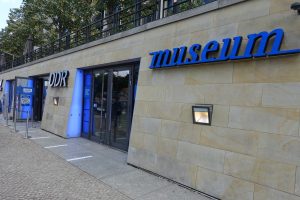
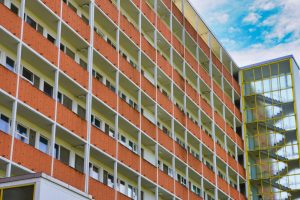
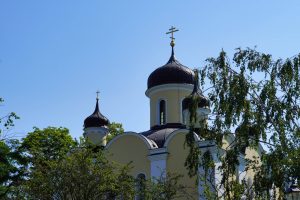
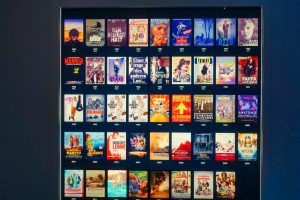
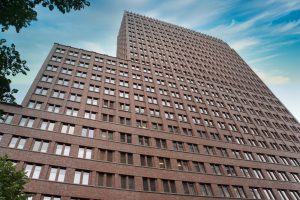
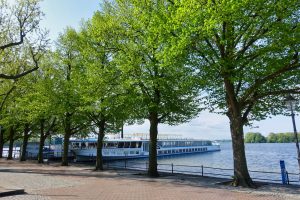
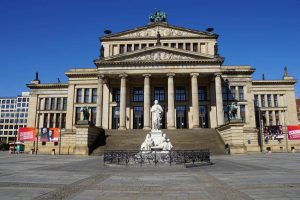
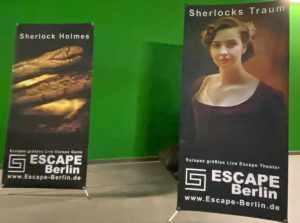
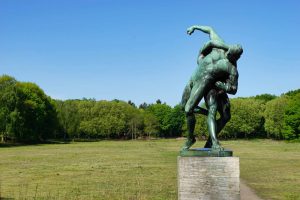
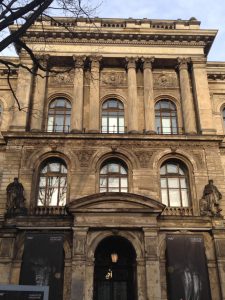
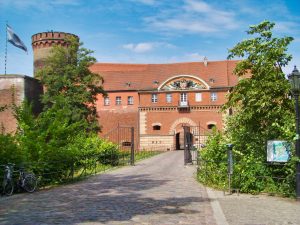
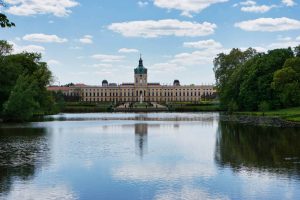
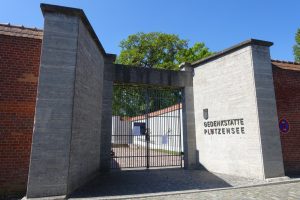

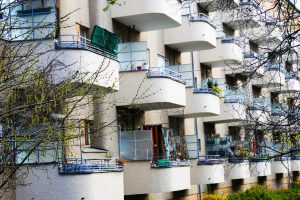
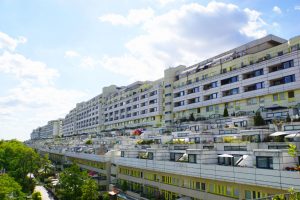
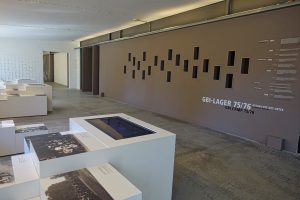
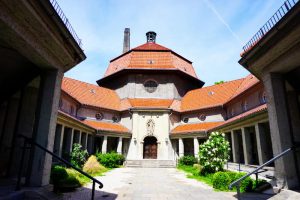
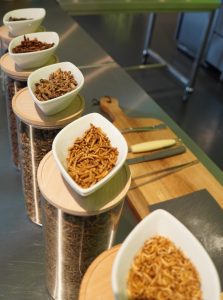
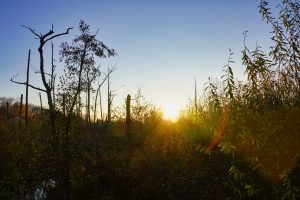
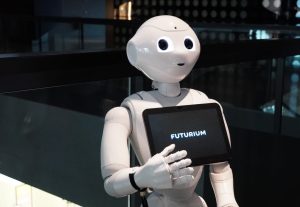
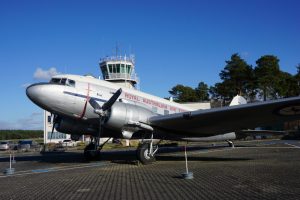
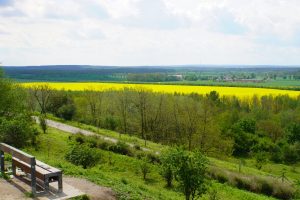
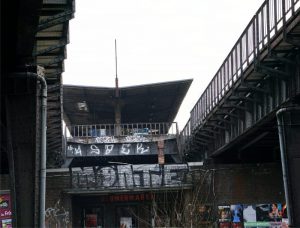
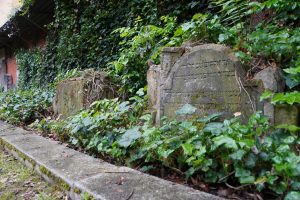
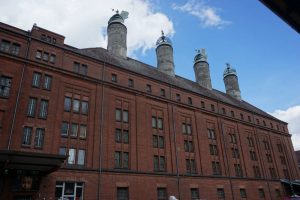
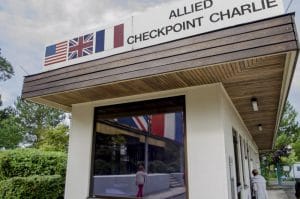
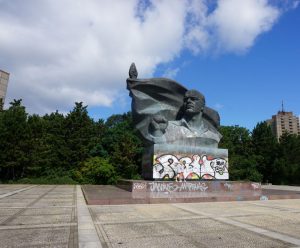
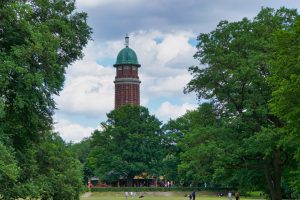
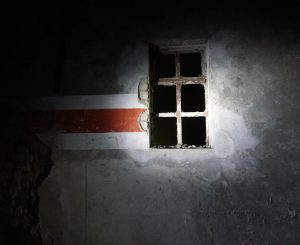
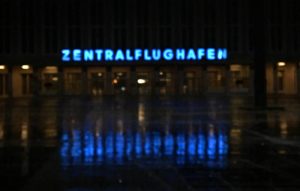

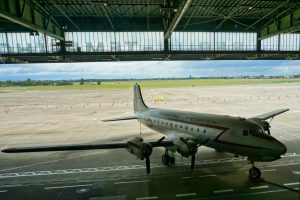
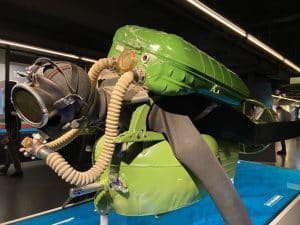
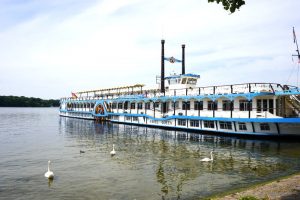
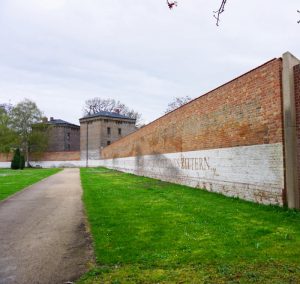
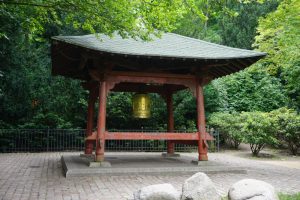
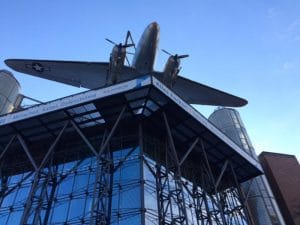
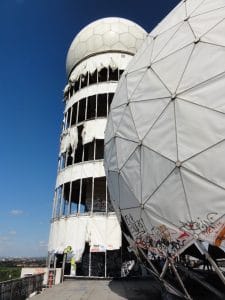
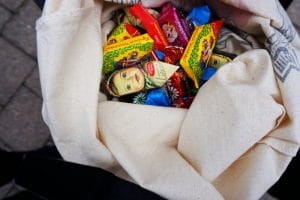
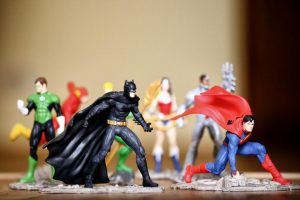
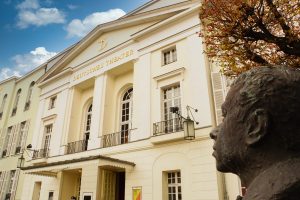
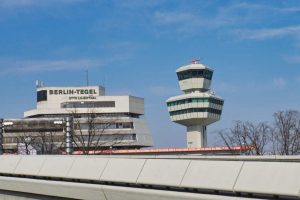
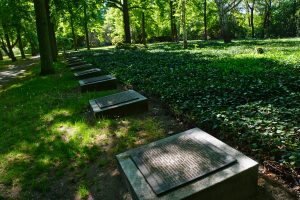
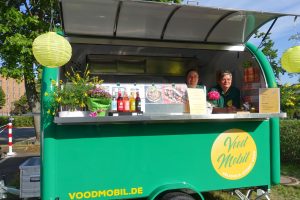
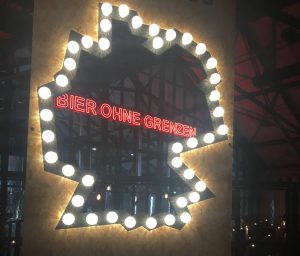
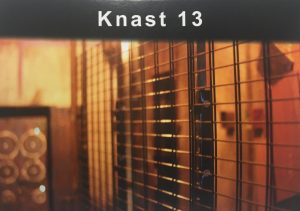
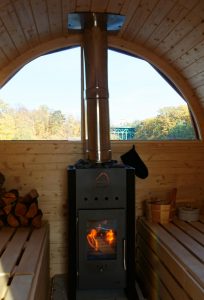
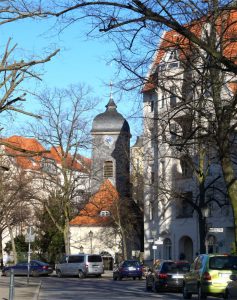
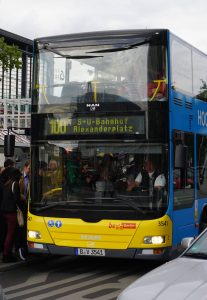
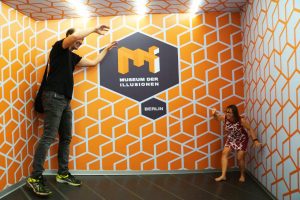
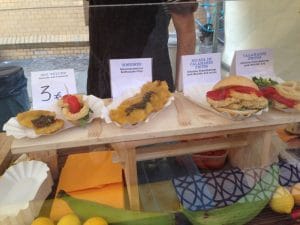
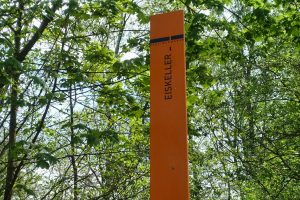
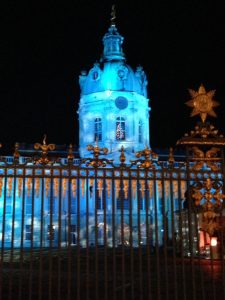
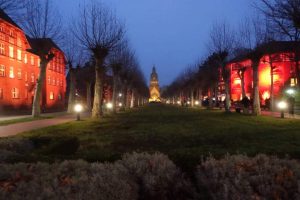
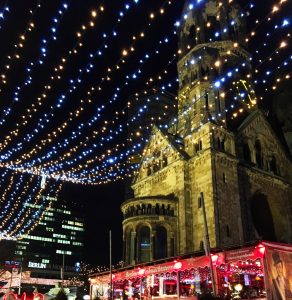
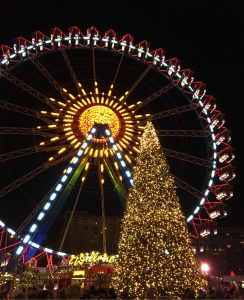
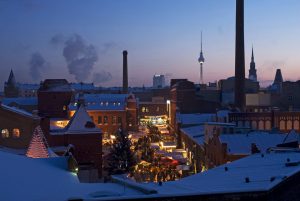
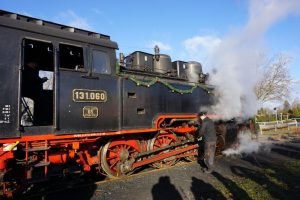
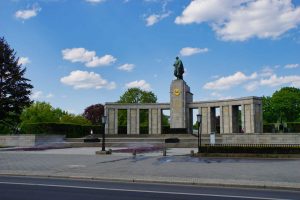
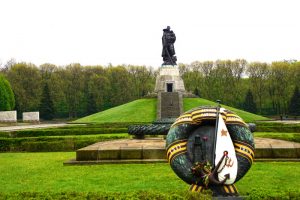
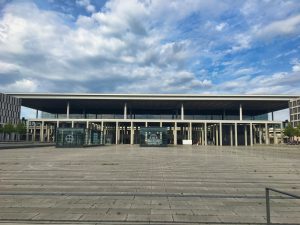
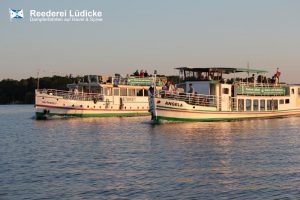
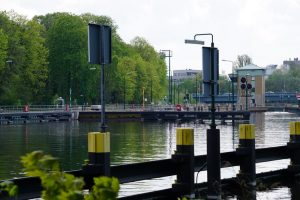
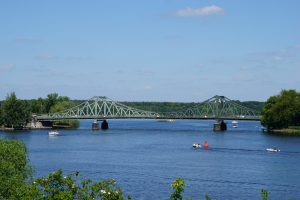
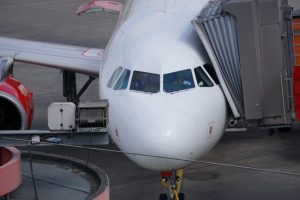
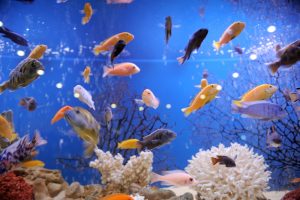
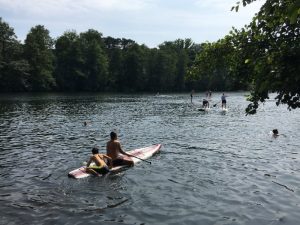

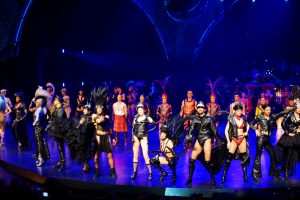
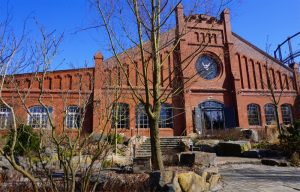
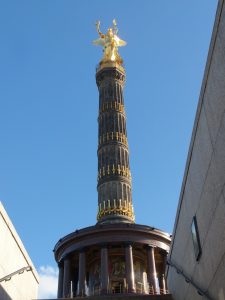
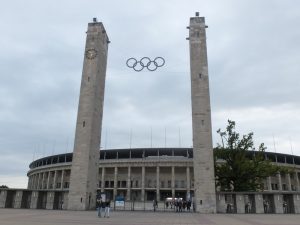
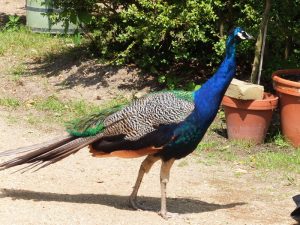
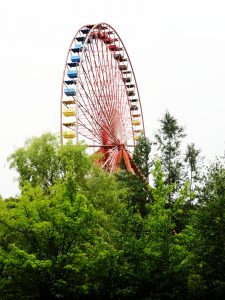
Leave a Reply